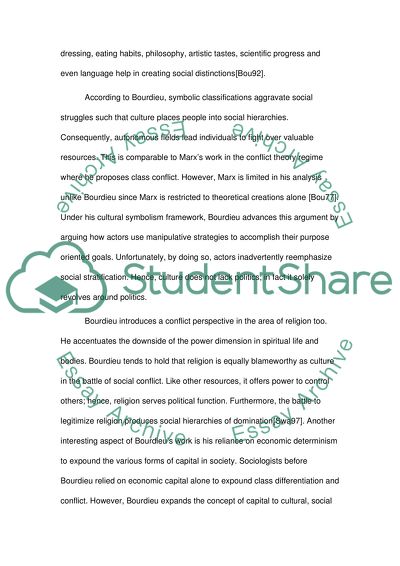Cite this document
(“In relation to analyzing cultural texts what connections exist between Essay”, n.d.)
In relation to analyzing cultural texts what connections exist between Essay. Retrieved from https://studentshare.org/sociology/1458711-in-relation-to-analyzing-cultural-texts-what
In relation to analyzing cultural texts what connections exist between Essay. Retrieved from https://studentshare.org/sociology/1458711-in-relation-to-analyzing-cultural-texts-what
(In Relation to Analyzing Cultural Texts What Connections Exist Between Essay)
In Relation to Analyzing Cultural Texts What Connections Exist Between Essay. https://studentshare.org/sociology/1458711-in-relation-to-analyzing-cultural-texts-what.
In Relation to Analyzing Cultural Texts What Connections Exist Between Essay. https://studentshare.org/sociology/1458711-in-relation-to-analyzing-cultural-texts-what.
“In Relation to Analyzing Cultural Texts What Connections Exist Between Essay”, n.d. https://studentshare.org/sociology/1458711-in-relation-to-analyzing-cultural-texts-what.


